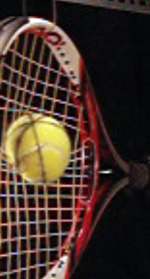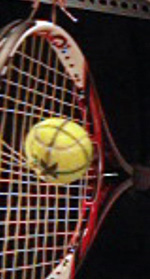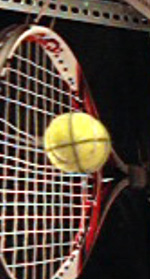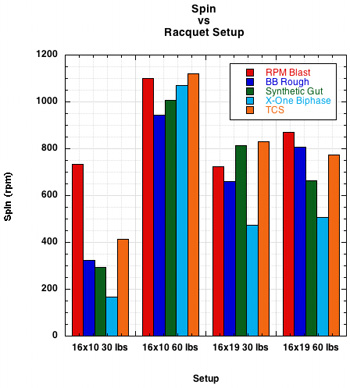TW Professor
Administrator
Check out the new experiment:
http://twu.tennis-warehouse.com/learning_center/spinandstiffness.php
Spin increases with stiffness. Spin increases with lateral string movement...up to a point. Then spin decreases and launch angle increases. Stiffness is the moderator between just enough and too much string movement. In dense, high tension stringbeds, stiff, slippery strings (low coefficient of friction) are required for efficient, timely string movement and snap-back to produce spin.
Here are some examples of what you don't want if you want spin:




Check out the article to see why.
And look at the spin from the 16x10 60 lb setup! Yikes.
http://twu.tennis-warehouse.com/learning_center/spinandstiffness.php
Spin increases with stiffness. Spin increases with lateral string movement...up to a point. Then spin decreases and launch angle increases. Stiffness is the moderator between just enough and too much string movement. In dense, high tension stringbeds, stiff, slippery strings (low coefficient of friction) are required for efficient, timely string movement and snap-back to produce spin.
Here are some examples of what you don't want if you want spin:




Check out the article to see why.
And look at the spin from the 16x10 60 lb setup! Yikes.

